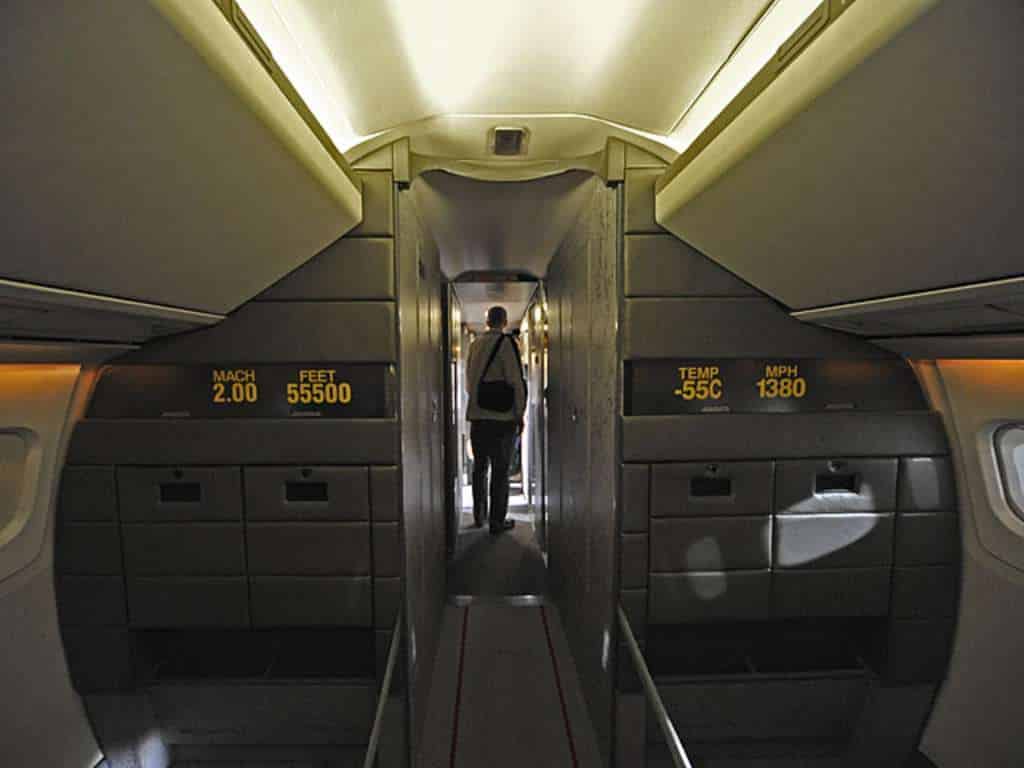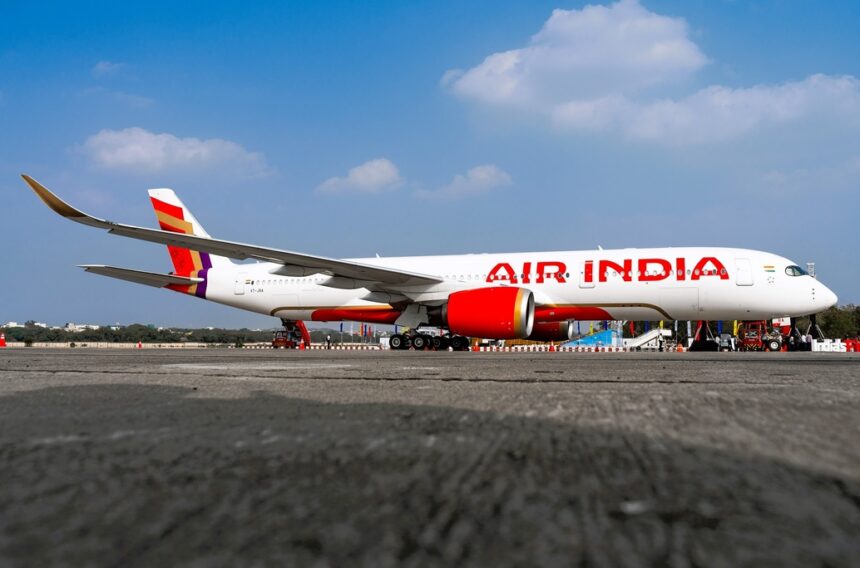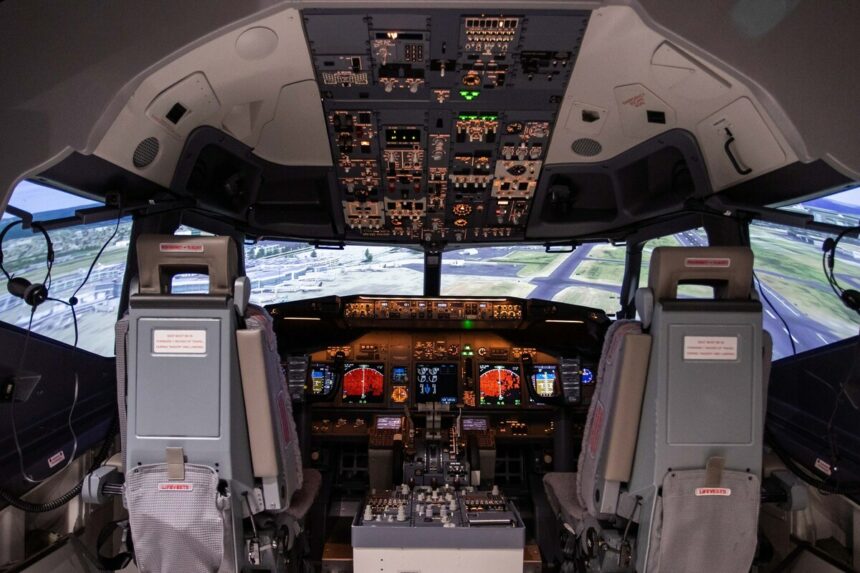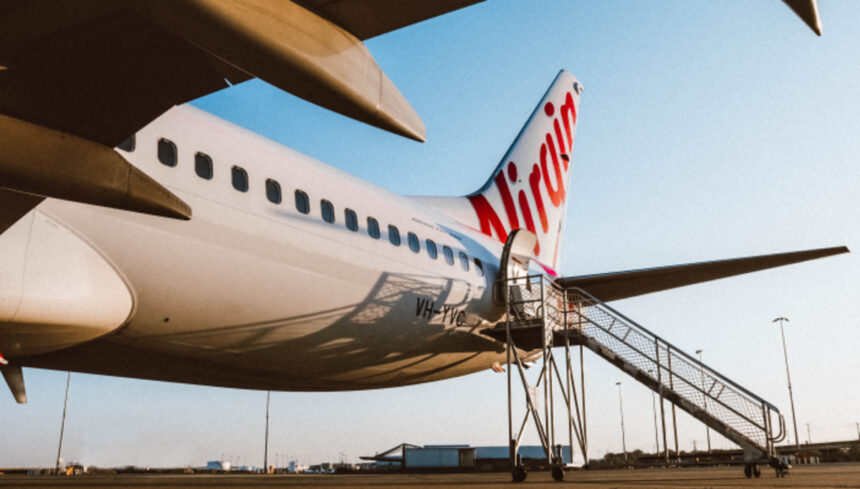The Concorde was a supersonic passenger airliner that was operated by British Airways and Air France from 1976 to 2003. It was the first commercially successful supersonic airliner, and it was capable of flying at twice the speed of sound.
The Concorde was a marvel of engineering, and it featured many innovative features, one of which was a passenger cabin display board.
The Concorde cabin display
The passenger cabin display board on the Concorde was a small, rectangular LCD screen located at the front of the cabin, above the cockpit door. It displayed the aircraft’s current altitude and Mach speed in large, clear digits.
In 1985, British Airways undertook a major cabin upgrade which included the installation of an ‘uprated’ display that showed Mach, altitude, outside air temperature (OAT)and groundspeed, replacing the basic Mach-only displays which Air France maintained until the end.
The display board was a popular feature with passengers, as it allowed them to track the aircraft’s progress and see how fast they were flying. It was perhaps also a source of pride for the Concorde crew, as it was a tangible reminder of the aircraft’s unique capabilities.

[monsterinsights_popular_posts_inline]
How it worked
The display was powered by a small computer located in the cockpit. The computer received data from the aircraft’s altimeters and Mach meters, and it then calculated the aircraft’s current altitude and Mach speed. This data was then sent to the display board, which would update the display accordingly.
The display board was also equipped with a backup system in case the main computer failed. The backup system consisted of a small battery-powered computer that was located in the passenger cabin.
This computer was connected to the display board, and it would provide the display with the aircraft’s current altitude and Mach speed if the main computer failed.
It was a source of both information and entertainment for passengers, and it was also perhaps a reminder of the aircraft’s unique capabilities.
The ability to fly faster than the speed of sound was something quite unique for passengers in the day, and the display provided tangible evidence making that sense of unique achievement all the more real for Concorde’s passengers.

The significance of the display board
The passenger cabin display board on the Concorde was significant for a number of reasons. First, it was one of the first commercial aircraft to feature an LCD display in the passenger cabin.
Second, it was the first commercial aircraft to display the aircraft’s current altitude and Mach speed to passengers in real time.
Third, it was something of a physical symbol of Concorde’s unique capabilities and its status as a marvel of engineering.
The display board was also significant because it helped to make the Concorde experience more special for passengers.
It allowed passengers to track the aircraft’s progress and see how fast they were flying, which added to the excitement of the flight. It also endowed passengers with a sense of pride in being on board such an exclusive and innovative aircraft.
The display board today
The last Concorde flight took place in 2003, and all of the aircraft have since been retired. However, a number of Concordes are preserved in museums around the world, and some of these aircraft still have their original passenger cabin display boards.
For example, the Concorde on display at the Museum of Flight in Seattle, Washington has its original passenger cabin display board.
Visitors to the museum can stand in front of the display board and see what it was like to be a passenger on a Concorde flight.
The passenger cabin display board on the Concorde was a unique and innovative feature that helped to make the aircraft a truly special flying experience.
It was a source of both information and entertainment for passengers, and it was a reminder of the aircraft’s unique capabilities.
The future of passenger cabin display boards
Passenger cabin display boards have evolved significantly since the Concorde was retired. Today, most commercial aircraft have large LCD screens in the passenger cabin that display a variety of information.
This includes the aircraft’s current altitude, speed, position, and flight path. The use of ‘tail cam’ displays to provide passengers with an exterior view on landing is also popular with some carriers.

In the future, passenger cabin display boards are likely to become even more advanced. They may feature augmented reality and virtual reality technologies that allow passengers to view the aircraft’s surroundings and destination in real time.
They may also be used to control the aircraft’s in-flight entertainment system and other aspects of the passenger experience.
The passenger cabin display board on the Concorde was really a pioneer in the field of in-flight entertainment and information systems.
It helped to make the Concorde experience more special for passengers, and it paved the way for the advanced displays that are found on commercial aircraft today.

Click the banner to subscribe to our weekly newsleter.









